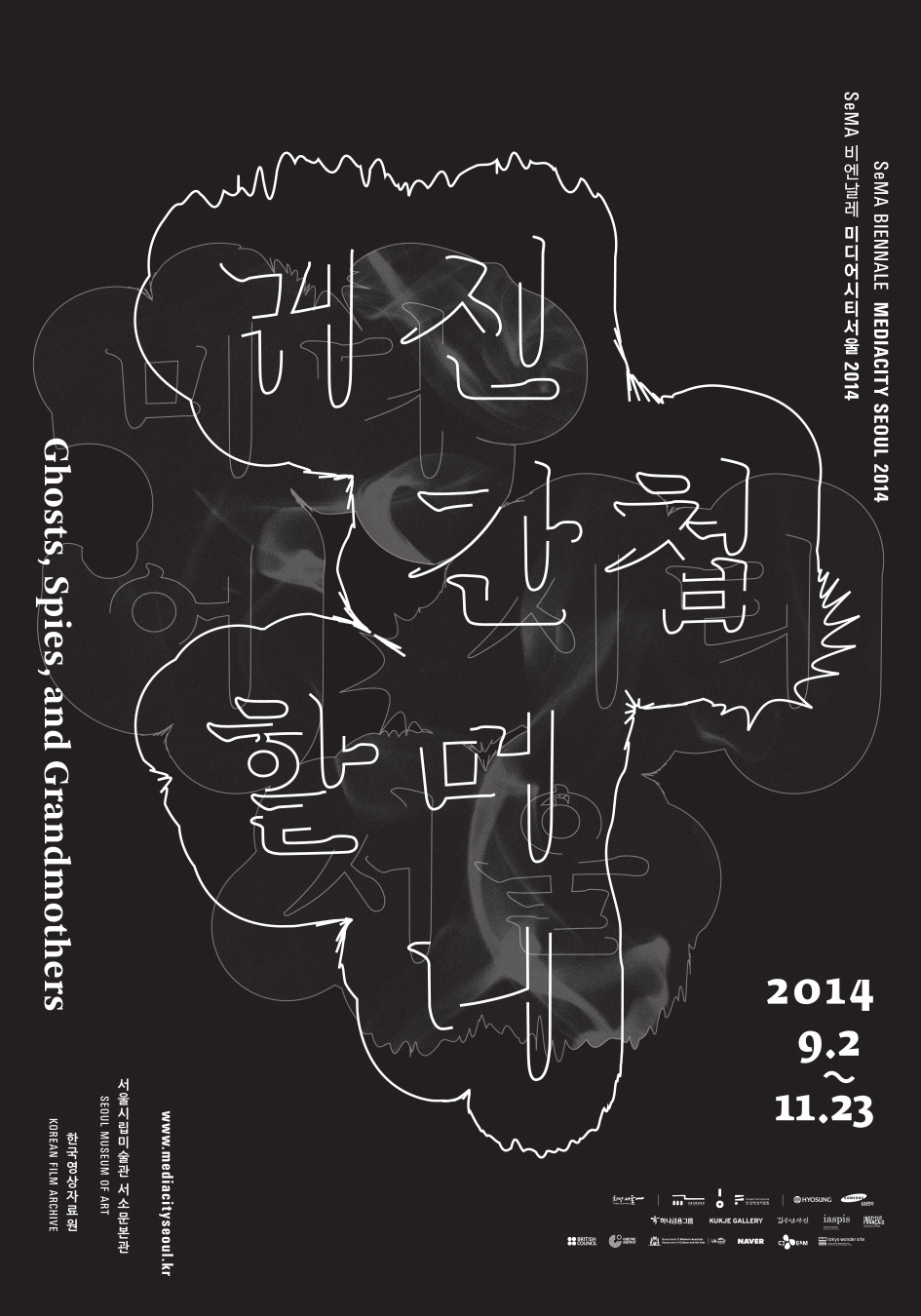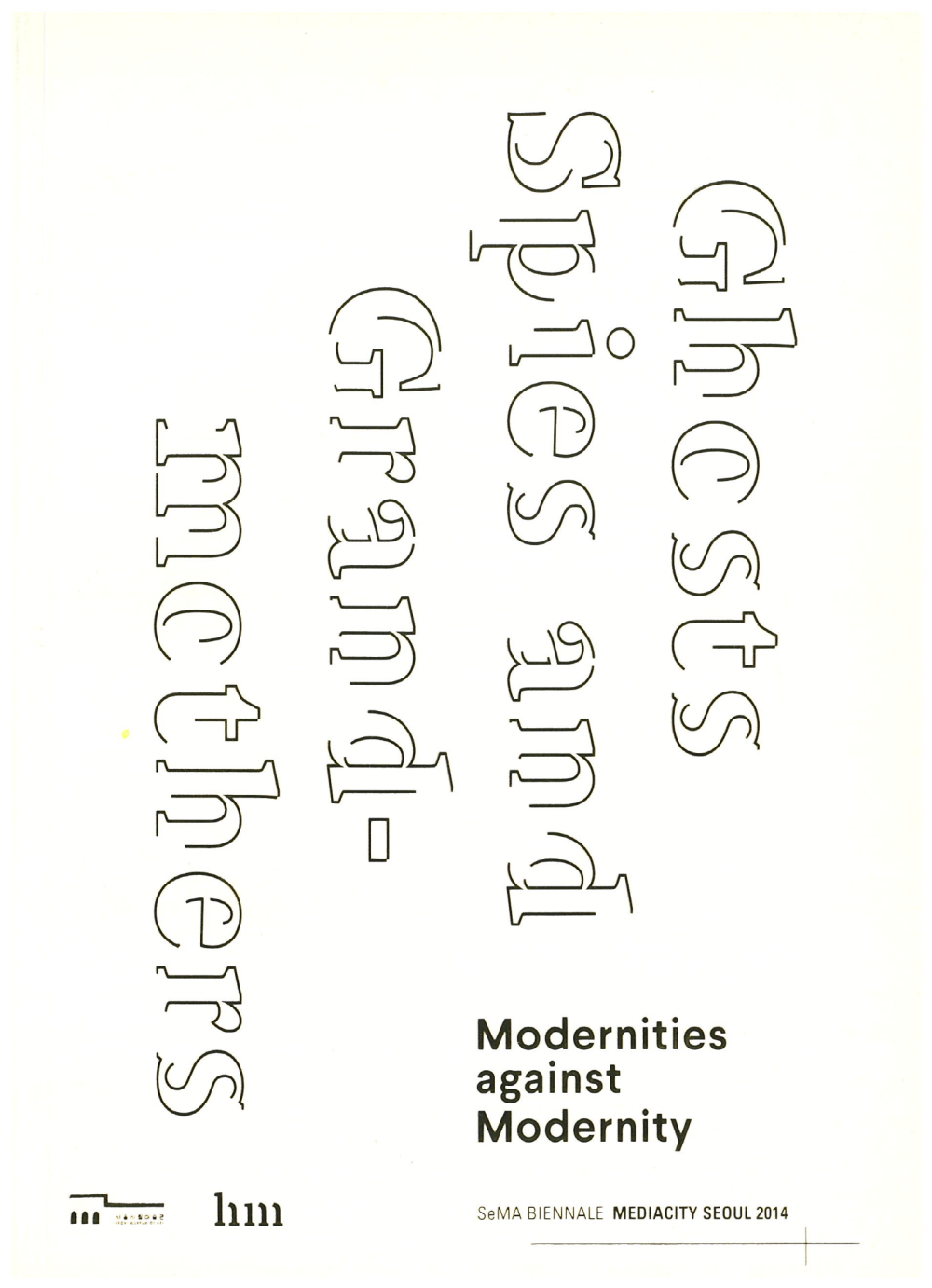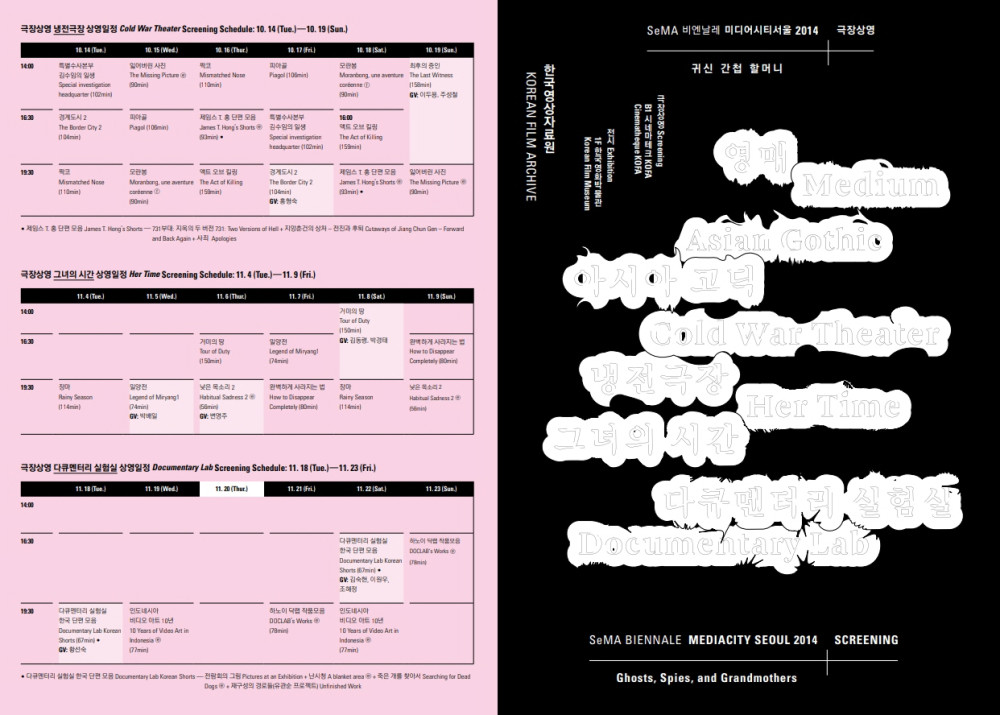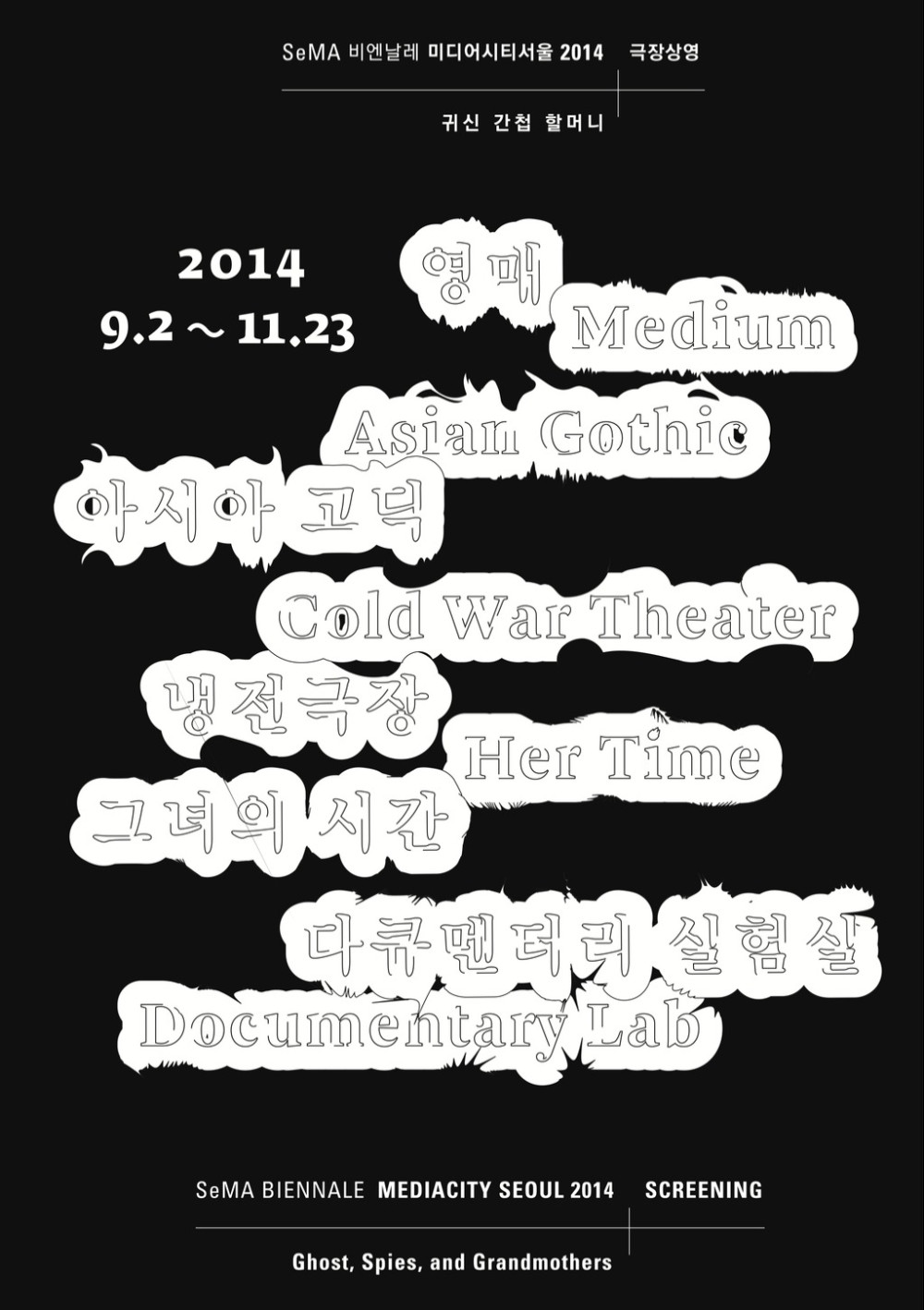Asian Gothic

In this event, a screening program and lecture explored the notion of “Asian Gothic” through a selection of films that echo but also diverge from the traditions of Western neo-gothic literature. While neo-gothic fiction in the West has often expressed modern anxieties about industrial society and technology through themes of fantasy, outer space, trauma, mystery, horror, and the sublime, ghost stories and horror films from Korea, Japan, Southeast Asia, and other parts of Asia engage with similar themes in distinct ways. These differences can be found in how ghosts appear and communicate, the historical origins of fantasy, the relationship between past and present, and the regionally specific traditions of imagining the unknown. Given these divergences, it may be more accurate to describe the category not as “Asian Gothic,” but as “Asian Gothic?”
The screening featured the following works:
Shin Sang-ok, Thousand Years Old Fox (1969), Apichapong Weerasethakul, Haunted Houses (2001), Vampire (2008), Apichatpong Weerasethakul, Christelle Lheureux, Ghost of Asia (2005), Lee Jang-ho, The Man with Three Coffins (1989), Ing K, Shakespeare Must Die (2012), Kidlat Tahimnik, Memories of Over-Development (1980-2014), Ho Tzu Nyen, The Bohemian Rhapsody Project (2007), Earth (2009), Utama: Every Name in History is I (2003)
Sangbum Huh’s lecture was deliverd after the screening of Kidlat Tahimnik’s Memories of Over-Development (1980-2014) on September 13, 2014.











